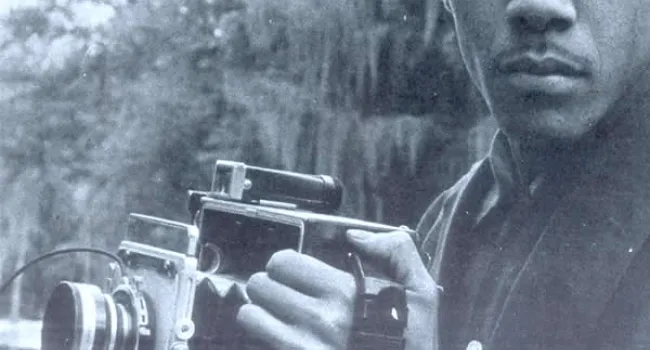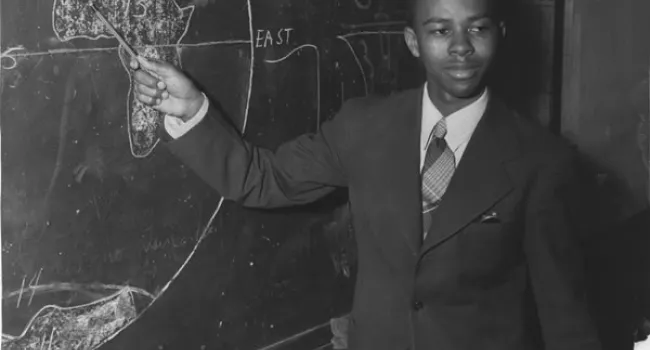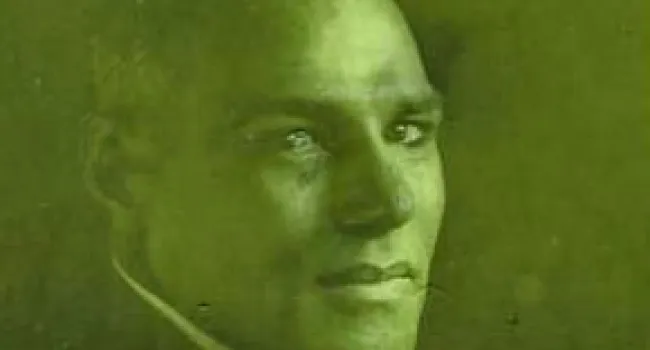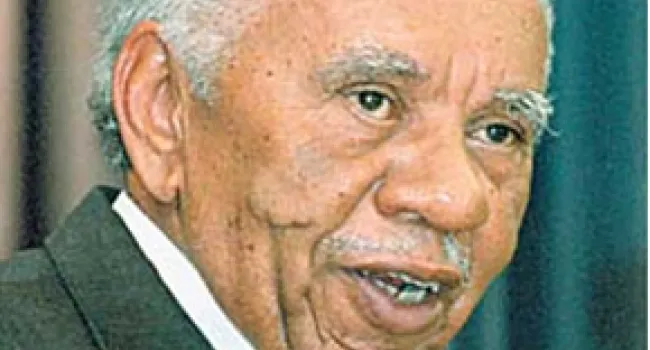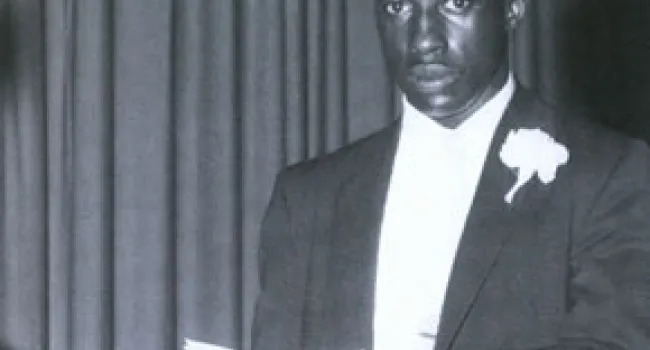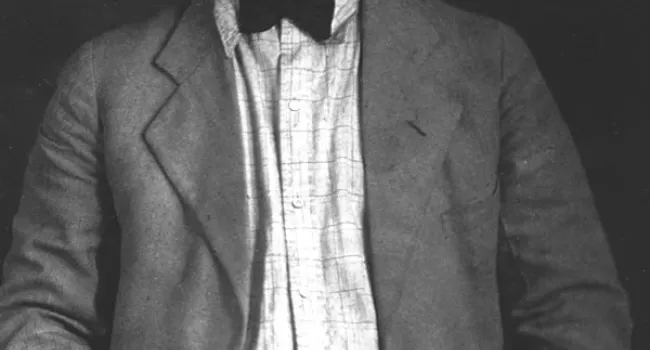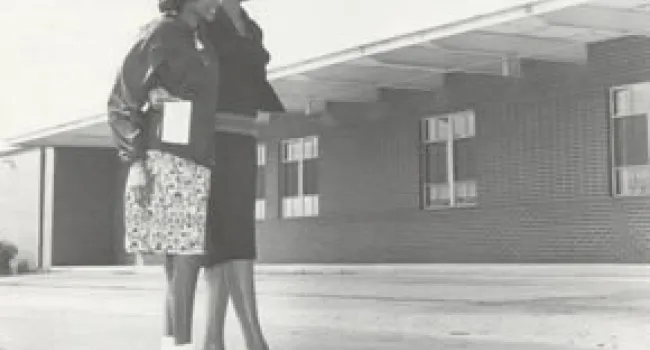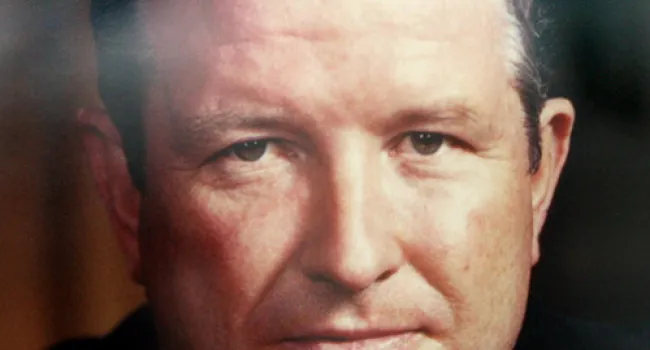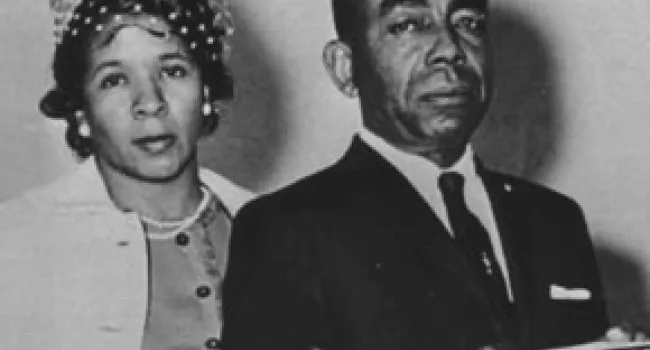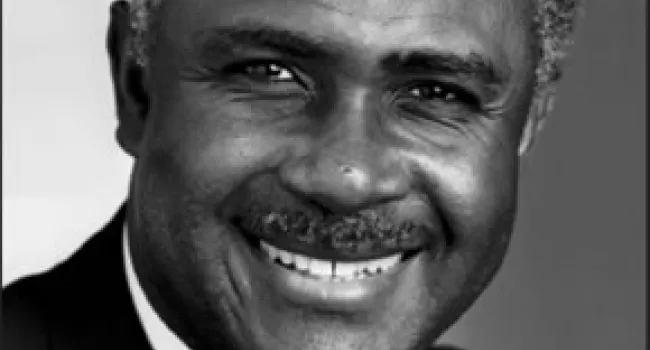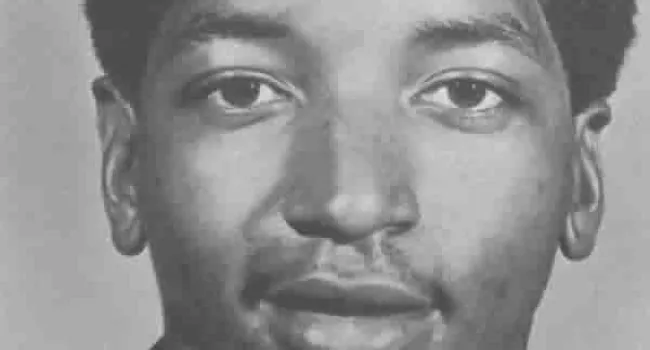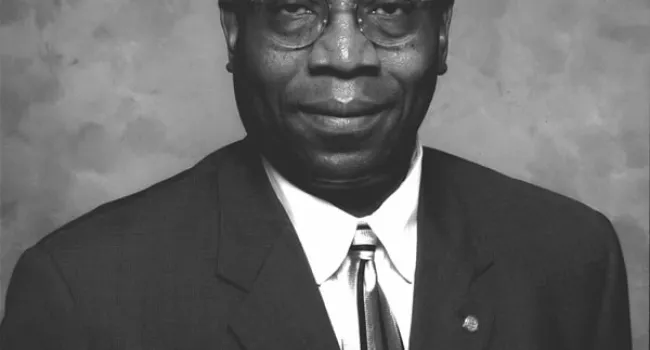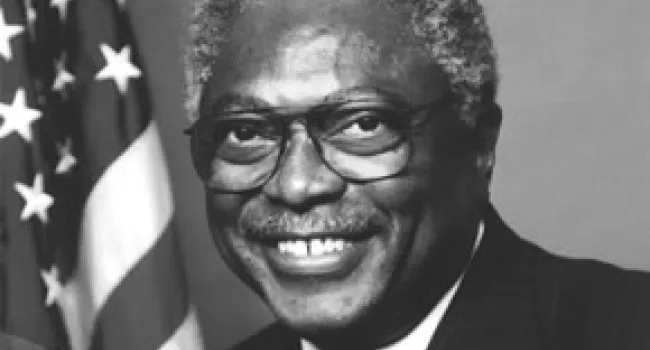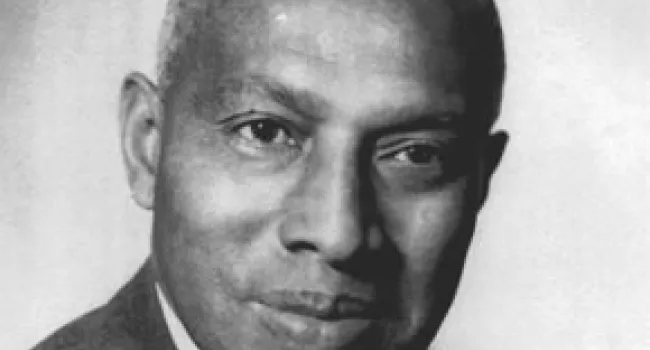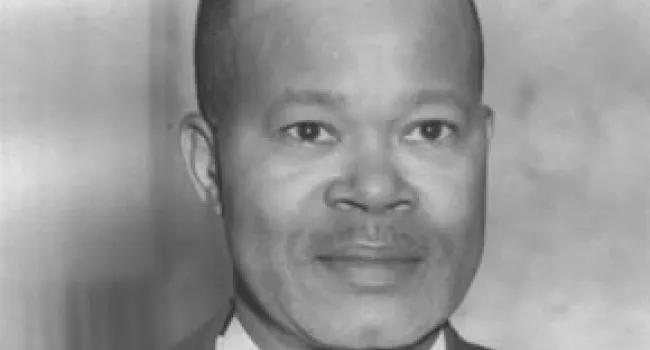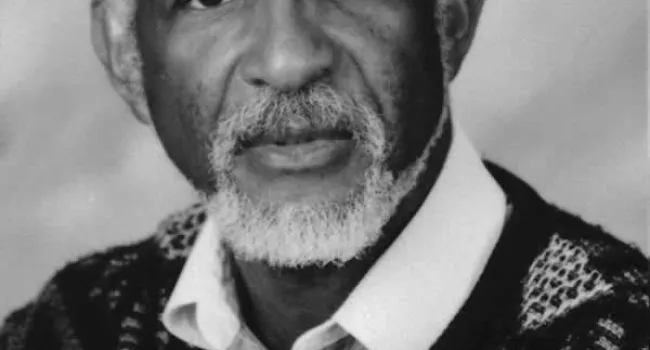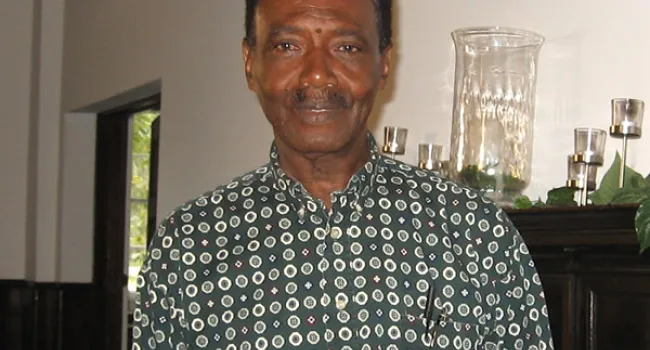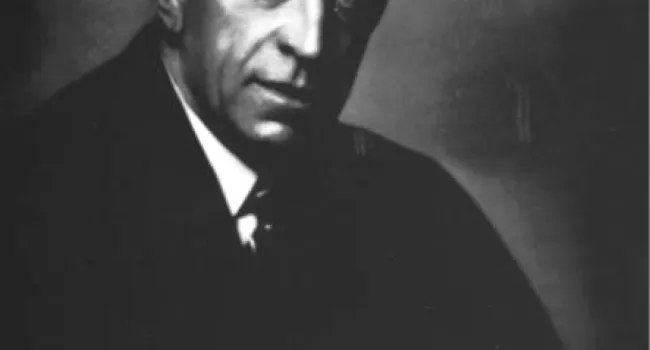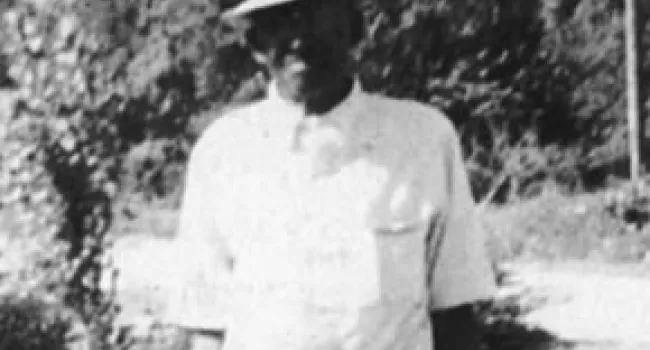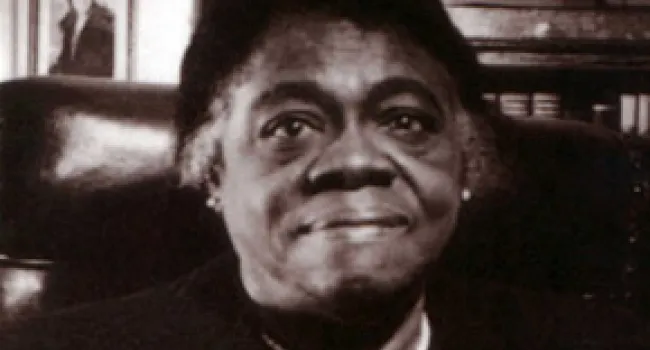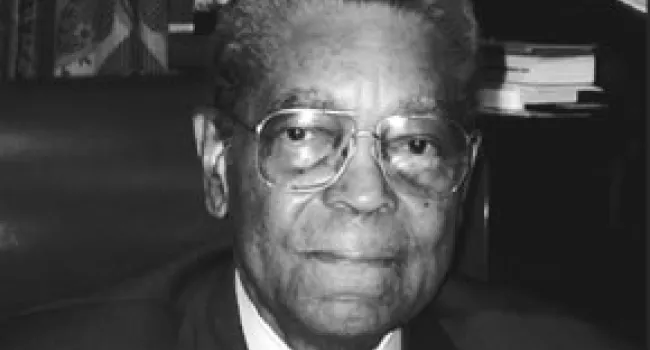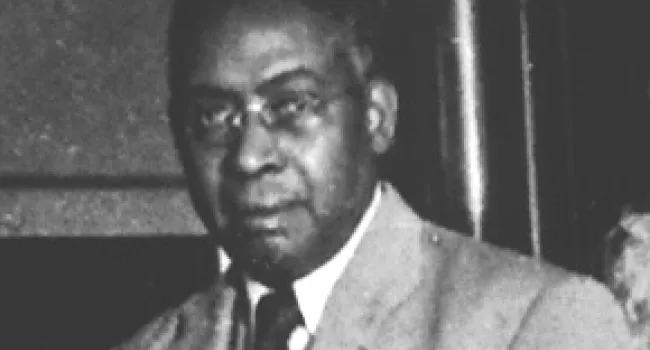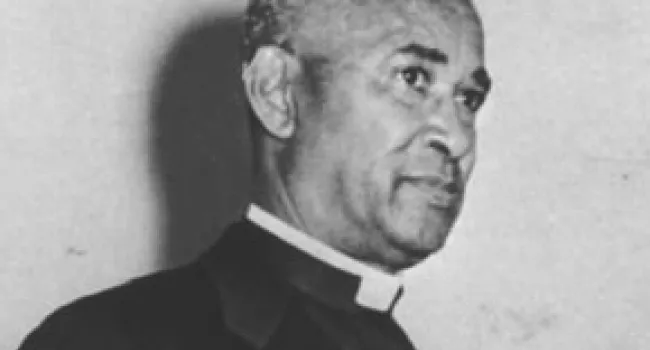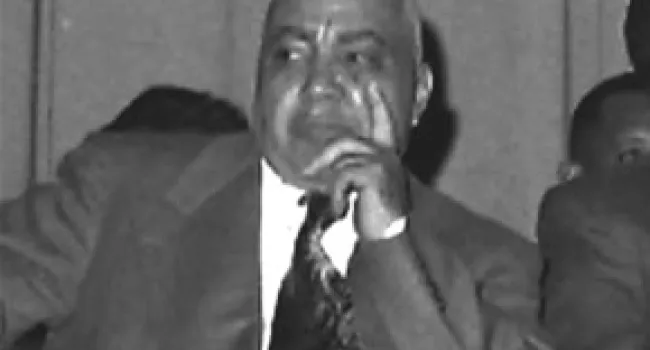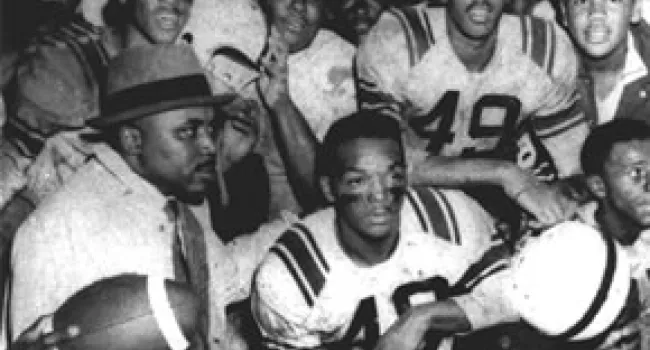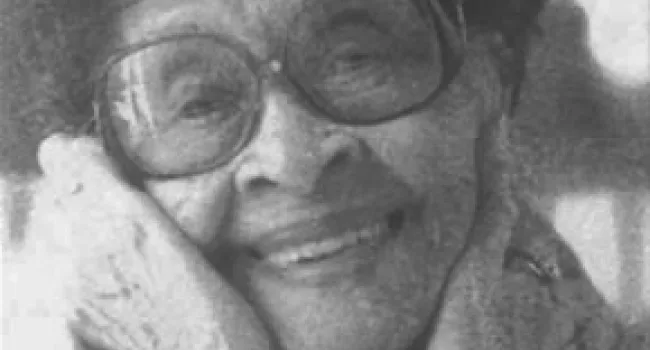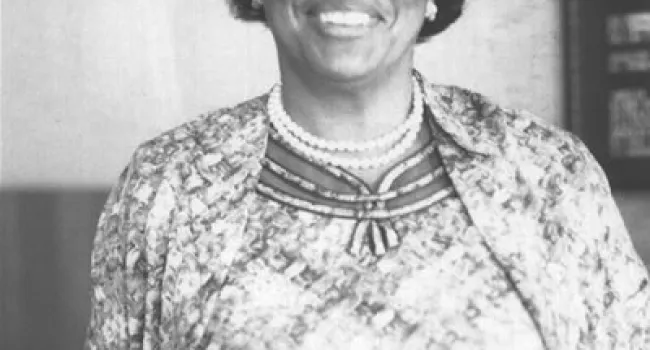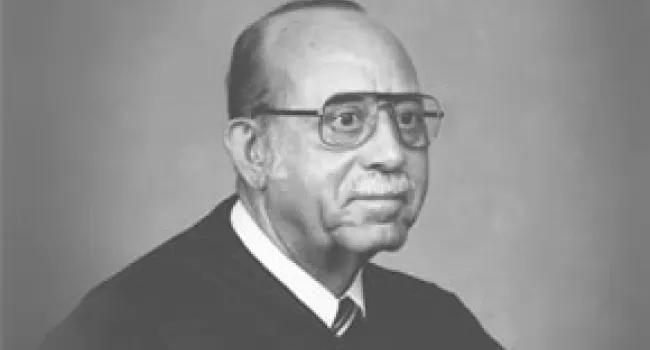
Thurgood Marshall's entire legal career was devoted to pursuing equal justice for all. He argued 32 cases before the Supreme Court and won 29 of those cases, including his most significant, Brown v Board of Education in 1954.
In 1962, President John F. Kennedy appointed Marshall to the U.S. Second Circuit Court of Appeals. In 1965, President Lyndon B. Johnson appointed him U. S. Solicitor General. Two years later, President Johnson appointed him to the U.S. Supreme Court where he served until 1992.
Standards
- 5.4.CC Analyze the continuities and changes of race relations in the United States and South Carolina following the Supreme Court decisions of Briggs v. Elliott and Brown v. Board of Education.
- 8.5.CX Analyze the correlation between the Modern Civil Rights Movement in South Carolina and the U.S.
- This indicator was designed to foster inquiry into the role of South Carolina in the Modern Civil Rights Movement, to include the influence of court cases such as Briggs v. Elliot and Flemming v. South Carolina Electric and Gas. This indicator was also developed to promote inquiry into the relationship between national leadership, protests, and events and South Carolina leadership, protests and events, such as the Friendship Nine and the Orangeburg Massacre.
- USHC.5.CC Evaluate continuities and changes during the Civil Rights Movement and other subsequent movements for equal rights.
- This indicator was developed to promote inquiry into thematic continuities and changes into how marginalized groups sought and won legal rights. Inquiry into the leadership, methods, and outcomes of modern equal rights movements are supported by this indicator.
Resources
You need to be logged in to listen to view this content. Create an account now; it's quick, easy, and free!
Log In to View



